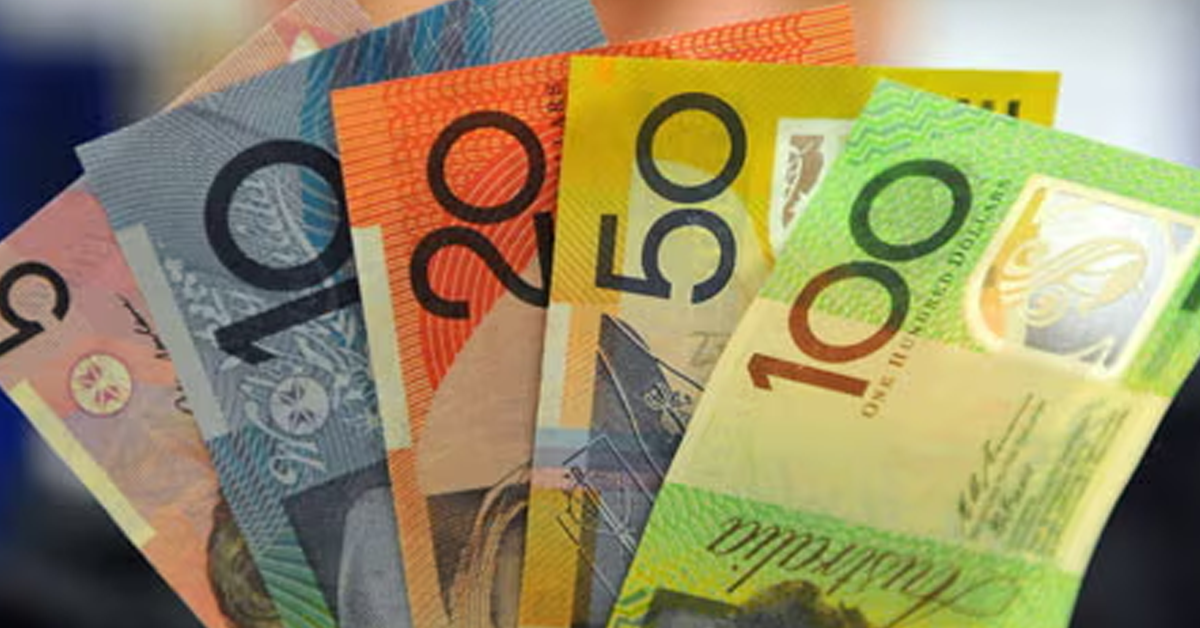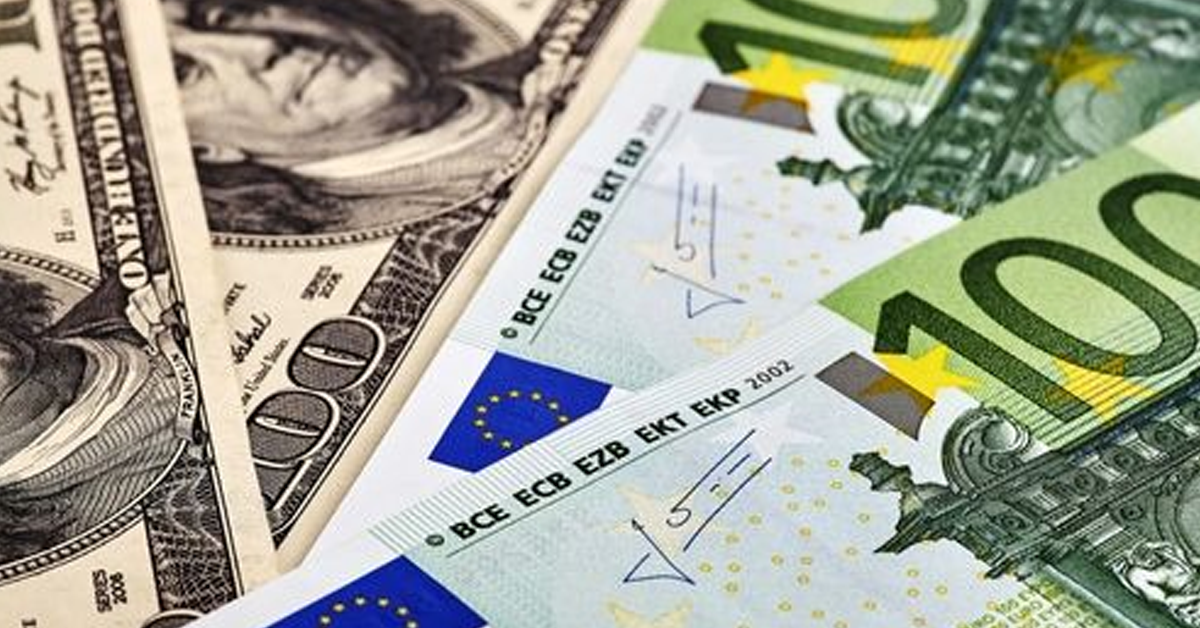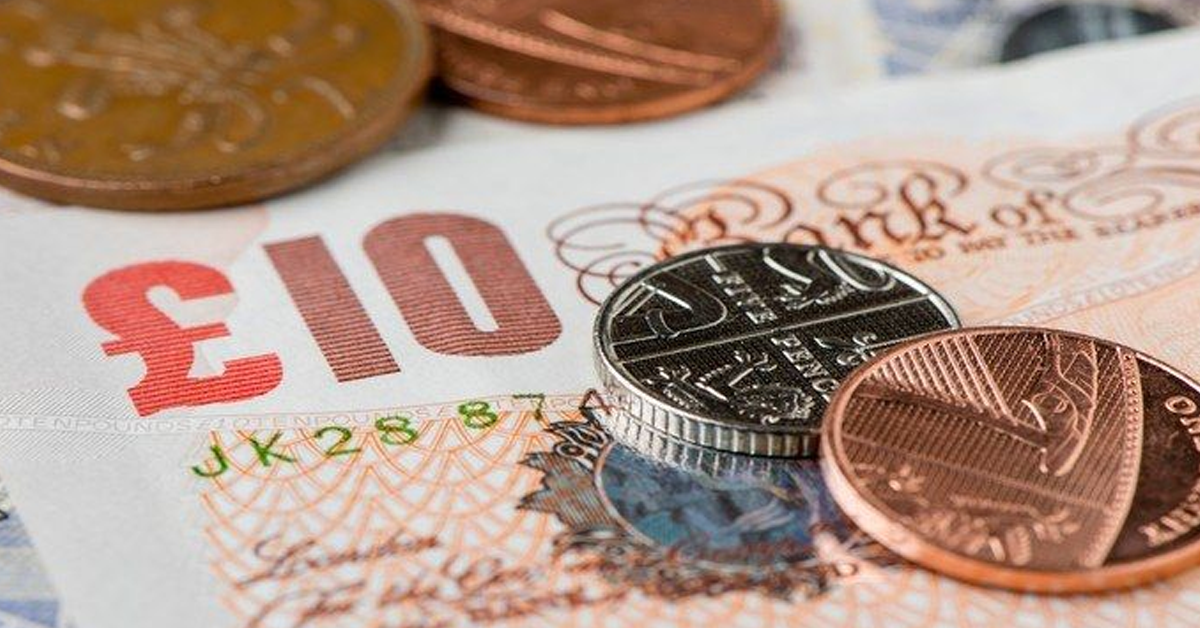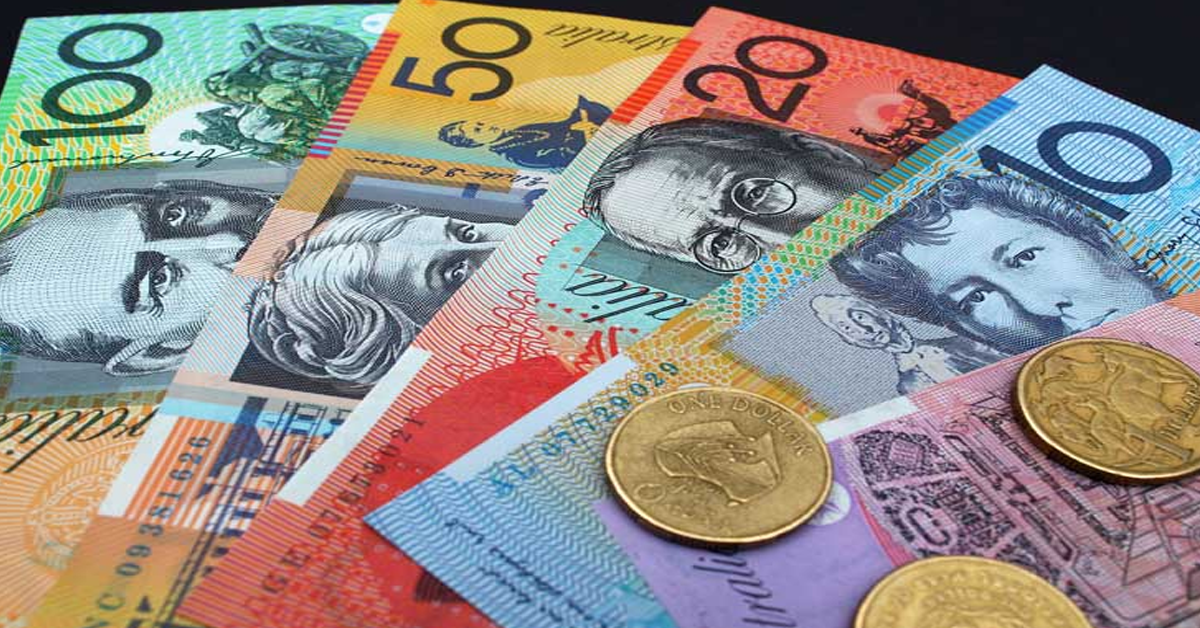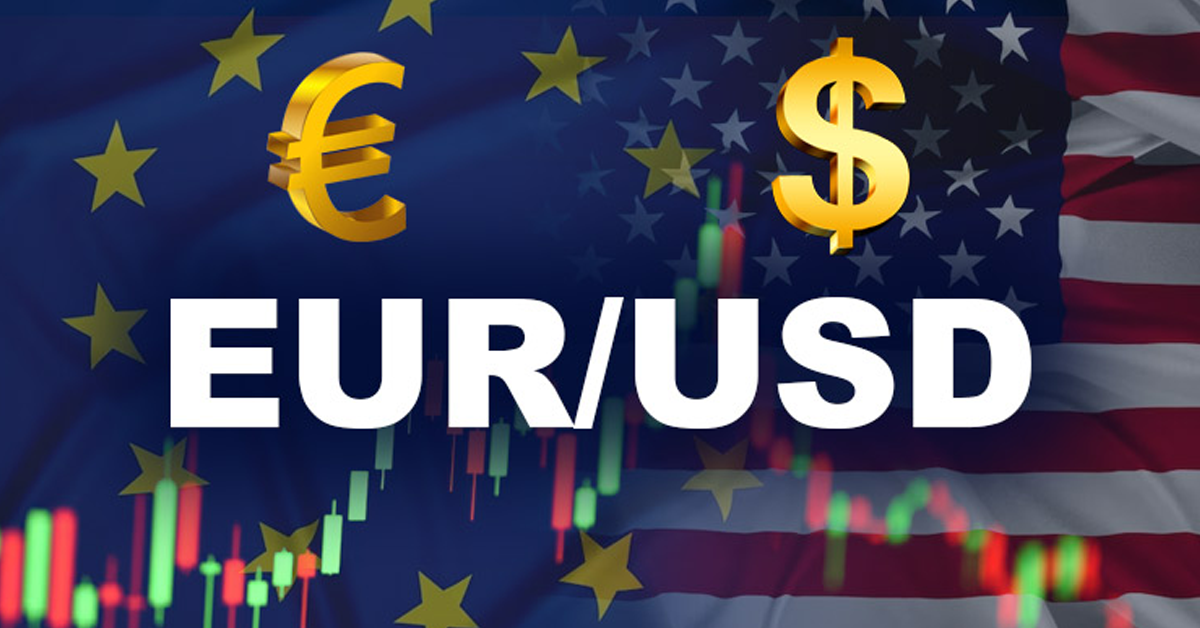Gold’s Pricing Dynamics Amidst External Influences
Gold’s pricing trajectory has experienced a downturn, reflecting a negative sentiment for two consecutive days, particularly as it lingers beneath the notable $2,000 benchmark. As we transition into the European trading session, numerous factors contribute to this phenomenon.
At the forefront of these influences is the anticipation surrounding the Federal Reserve’s (Fed) strategies. Market analysts largely believe that the Fed will remain unyielding in its hawkish approach, all in a bid to realign inflation to its designated 2% target. Such expectations have invigorated the US Treasury bond yields. Consequently, a rejuvenated demand for the US Dollar (USD) has emerged. The resultant effect of this surging USD demand is a palpable pressure on gold, primarily because gold doesn’t offer yield, distinguishing it from bonds and equities.
Geopolitical developments further accentuate these price dynamics. Israel’s recent tactics, reflecting restraint in its actions within Gaza, have assuaged overarching concerns about a potential exacerbation of tensions in the Middle East. This de-escalation sentiment, in turn, challenges gold’s traditional stature as a ‘safe-haven’ asset, leading to a softened demand for the precious metal. However, it’s crucial to acknowledge that the prevailing tension between Israel and Hamas hasn’t entirely dissipated. This lingering volatility, coupled with the prevailing ambiguity surrounding China’s economic revival, infuses some buoyancy into the gold price.
Interestingly, despite the downward pressure on gold, the market hasn’t witnessed aggressive selling, suggesting that traders might be exercising prudence. Such restraint could be attributed to the anticipation surrounding the imminent Federal Open Market Committee (FOMC) monetary policy assembly, spread across two days, commencing on Tuesday. The financial world awaits with bated breath for the Fed’s pronouncements, expected on Wednesday. The consensus is that interest rates will remain stable, projected between 5.25% and 5.50%, marking a peak not seen in over two decades. For stakeholders, the focal point would be any indications regarding prospective adjustments in the interest rates. These insights will undoubtedly shape the USD’s value and, by extension, gold’s pricing direction.
In summary, gold’s current price behavior is a confluence of macroeconomic policies, global political scenarios, and market speculations. With the FOMC meeting around the corner, the financial markets are braced for potential shifts in the precious metal’s valuation.

